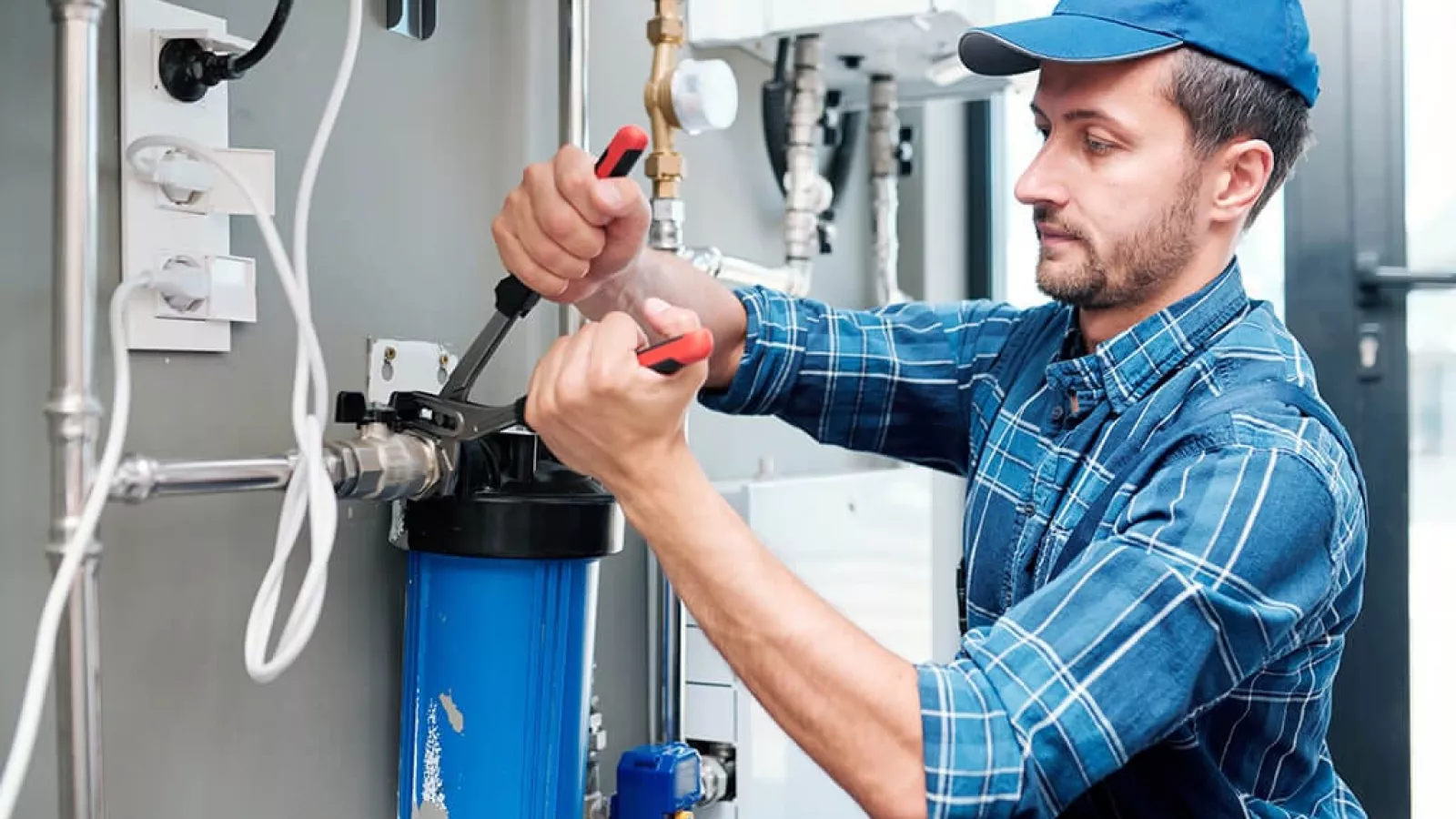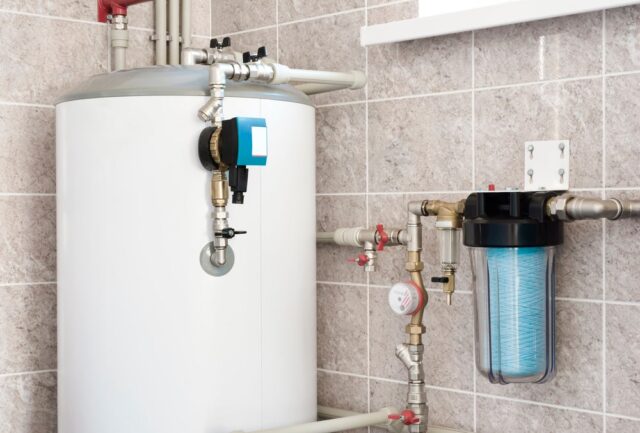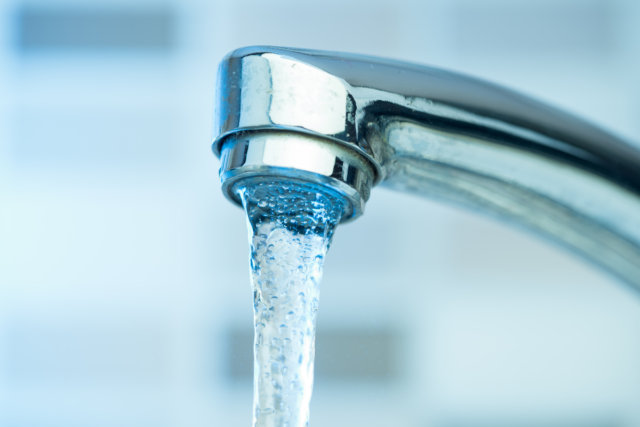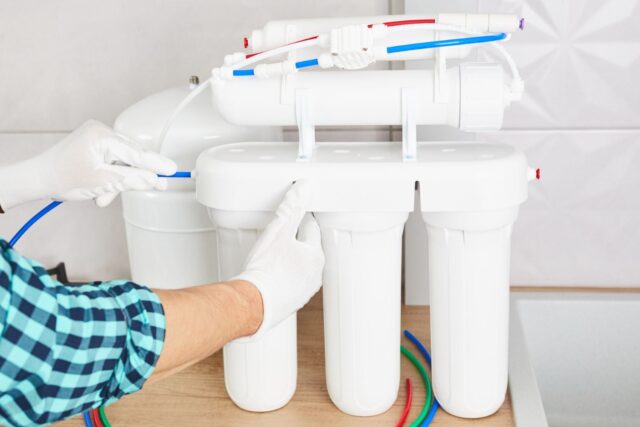
We all want clean water running through our pipes, and it’s a good idea to know how to maintain your home water treatment system. This is a great way to make sure your family has clean, safe water to drink. But like any other system in your home, it needs to be well-maintained in order to work properly. Learn how to prevent rust, leaks, and other plumbing problems in your home!
Principle of Operation
A water treatment system is a process of making water safe for human use. The system often uses one or more filters to remove impurities from the water. It can be found in both residential and commercial settings.
The principle of operation is simple. Water is drawn from a source, such as a well or municipal supply, and then passed through the system’s filters. The filtered liquid is then safe to use for drinking, cooking, and other purposes.
These systems are vital to ensuring that your family has access to clean, safe water. By regularly maintaining it, you can help to ensure that it continues to operate effectively.

What Does a WTS Contain?
It contains a number of components that work together to remove contaminants from your water. The most common type is a whole-house system, which is typically installed at the point where water enters your home. Whole-house systems usually include a sediment filter to remove large particles from the liquid, as well as a carbon filter to remove smaller particles and chemicals. Some systems also include a reverse osmosis (RO) unit to remove even smaller particles and dissolved minerals.
Reverse osmosis uses a semipermeable membrane to remove impurities from water. The advantages of ROS include their ability to remove a wide range of impurities, including bacteria and viruses. Additionally, they require little maintenance and are typically compact in size. The disadvantages include the fact that they can be expensive to purchase and install.
Another type of WTS is an ultraviolet (UV) light system. It uses UV light to kill bacteria and viruses. The advantages include their low cost and the fact that they require little maintenance. Additionally, UV light systems do not add any chemicals. The disadvantages of UV light systems include the fact that they only work effectively on clear water, and they can be slow to work.
Carbon filter systems use activated carbon to remove impurities from water. The advantages include their low cost and the fact that they require little maintenance. Additionally, carbon filter systems can remove a wide range of impurities from water, including chlorine. The disadvantages include the fact that they can be slow to work and can clog over time.
What to consider when choosing a WTS
The first is the type of water you have. If you have hard water, you’ll need a system that’s designed to remove minerals. If you have soft water, on the other hand, you won’t need as robust of a system.
The next thing to consider is the size of your home. A smaller home will obviously need a smaller system than a larger one. You’ll also need to think about how much water you use on a daily basis. The more you use, the more powerful your treatment system will need to be.
Finally, you’ll need to decide what kind of contaminants you’re looking to remove from your water. There are systems that can remove everything from lead and fluoride to viruses and bacteria. Once you know what kind of contaminants you’re dealing with, choosing the right treatment system will be much easier.

Why You Should Regularly Test Your Water
Water is essential to our health and well-being, yet many of us take it for granted. We assume that because it comes out of our taps, it must be safe to drink. However, this is not always the case. Contaminants can enter our water supply at any stage – from catchment to distribution – and potentially pose a serious threat to our health.
That’s why it’s important to regularly test it, both at home and at work. By doing so, you can ensure that it meets safety standards and is free from harmful contaminants. This is especially important if you have young children or vulnerable adults in your care, as they are more susceptible to the effects of waterborne diseases.
There are a number of different ways to test your water, so you can choose the method that best suits your needs. Whether you opt for a simple DIY kit or a more comprehensive analysis by a professional laboratory, regular testing will give you peace of mind that your water is safe to drink.
How to Maintain Your Home WTS?
It is important to maintain your home water treatment system in order to keep it working properly. Here are some tips on how to do just so:
- Check the manufacturer’s recommendations for maintenance. Depending on the type of system you have, the manufacturer may have different recommendations for how often you should perform maintenance tasks.
- Clean or replace filters as needed. Your WTS likely has one or more filters that need to be regularly cleaned or replaced. Checking and replacing filters is typically a very easy task that can be done without calling in a professional.
- Inspect hoses and connections for leaks, over time, hoses and connections can become loose or cracked, which can lead to leaks. Regularly inspecting hoses and connections can help you catch potential problems before they cause serious damage.
- Drain and clean the system as needed. Most systems need to be drained and cleaned on a regular basis, typically once every few months. This helps remove any build-up of dirt or sediment that could clog the system or reduce its efficiency.

Conclusion
We hope these tips have been helpful in keeping your home water treatment system running smoothly. Regular maintenance is key to ensuring that your system is working properly and providing you with clean, safe drinking liquid. Don’t hesitate to contact a professional if you have any questions or concerns about your system.









